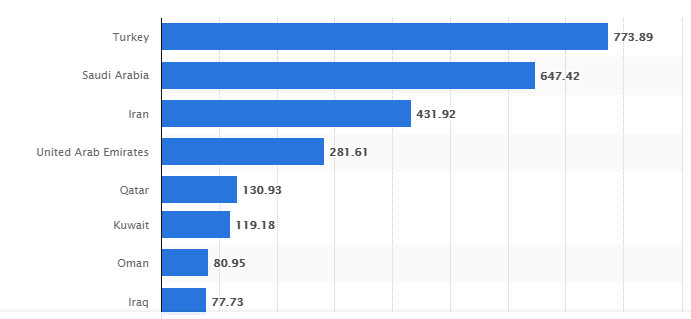Localization is more than Translation
Translation is effectively replacing one word with another but when it comes to gaming, it is detailed and extremely intricate. Games contain dialogue, display messages to players, images, geographical locations and a huge array of features that translation does not cover. When there are so many elements to a game, it can often mean that it cannot be released in certain countries as some of the content could cause offense, it might not make sense and it does not play in the same way as it does in other countries.
Games can include slang, jokes references even foods, clothing and many other elements, all of which might not be considered suitable for the target MENA audience. Therefore, localization needs to be used to ensure that the entire game, including gameplay and all aspects of it, are adapted so that it can be understood, recognized and enjoyed while still adhering to the different cultures and religious beliefs. A joke or a slang word in one country could mean a completely different thing in another and so, this is where localization goes way beyond that of translation.
Localization requires a specific understanding and knowledge of the chosen markets. This expert approach will ensure that games fit seamlessly into a new market


